
We often begin projects with electrofishing and/or other fish population survey methods.

Macroinvertebrates provide key information on sediment, water temperature, nutrients and overall habitat integrity, including information of upstream impacts.
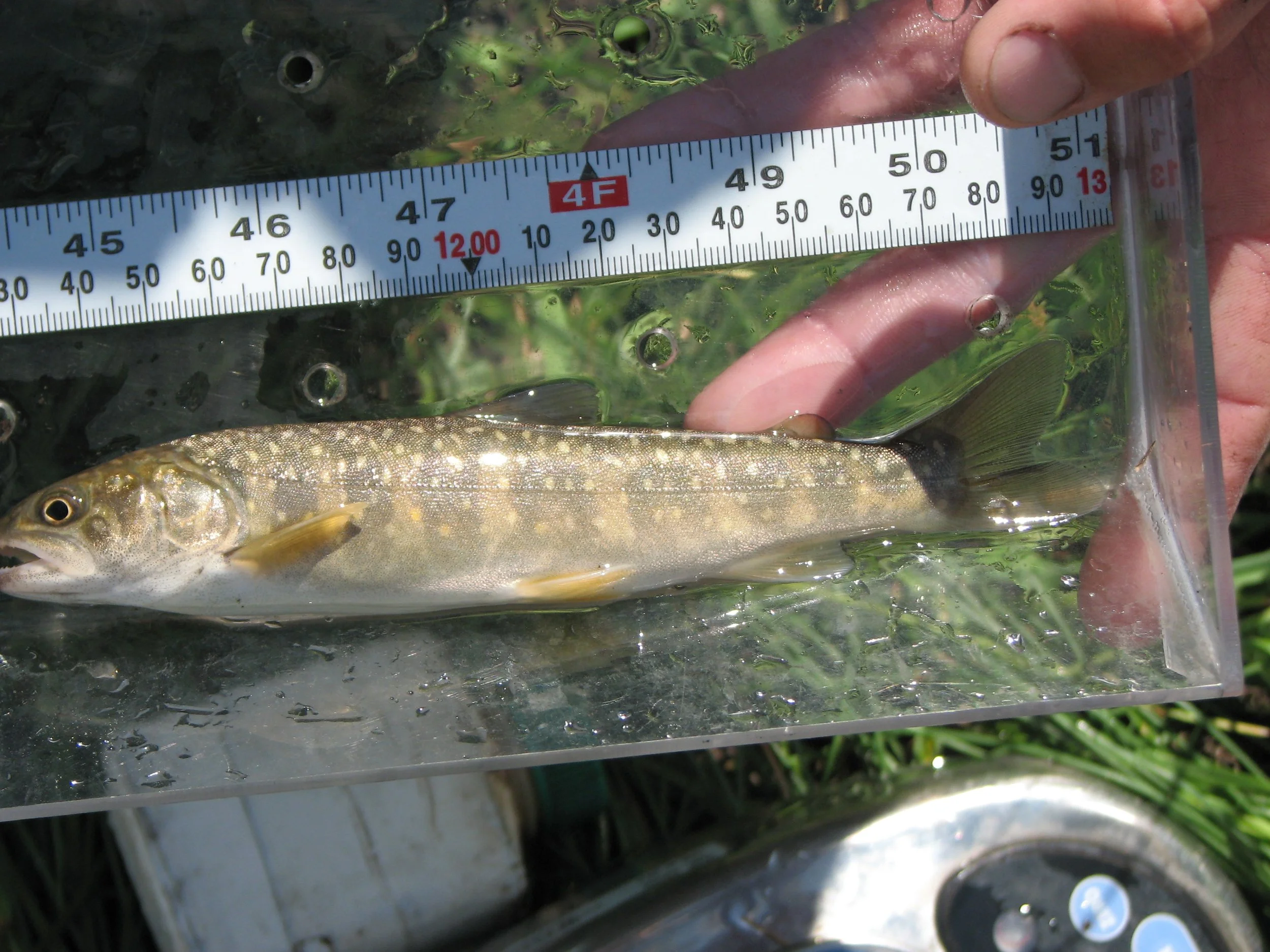
We assess the entire fish community, including juvenile trout and rare indicator species like bull trout.

Projects often have a strong native trout component, which require special attention.

Habitat assessment focus on all apsects of habitat condition including the quality of spawning substrate, including fine sediment llevels and egg-to-fry survival.
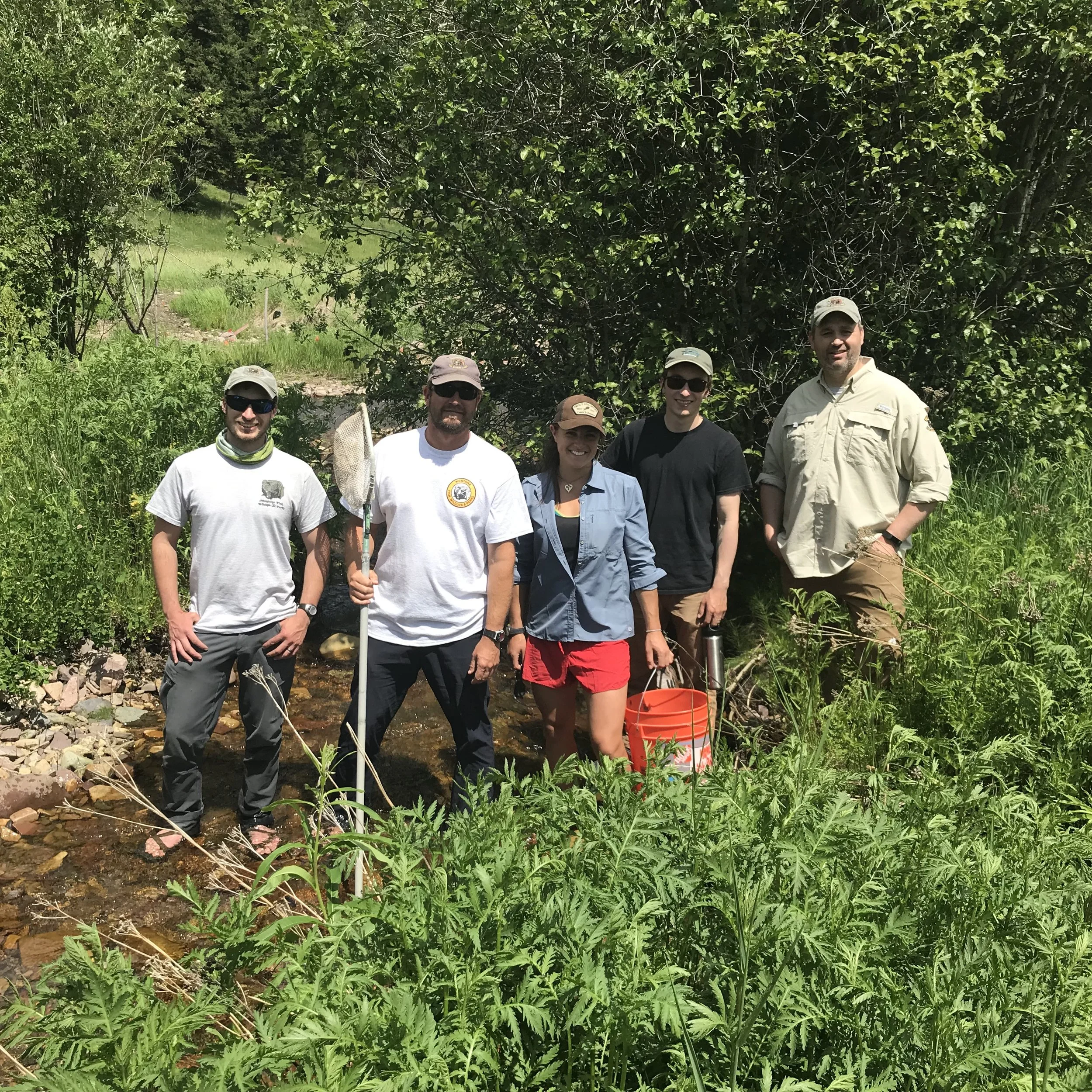
Though we work on private land, most projects have public value. When this is the case, agency specialists and conservation groups can assist with the project.

We’ll often put a team together of hydrologists, geomorphologists, GIS experts to help assess and design the more complex projects.

Fish Tale works very closely with Dave Rosgen and with skilled constractors like Westslope Excavation.

Here, Dave Rosgen is overseeing the reconstruction of a high-gradient B4/C4 stream.
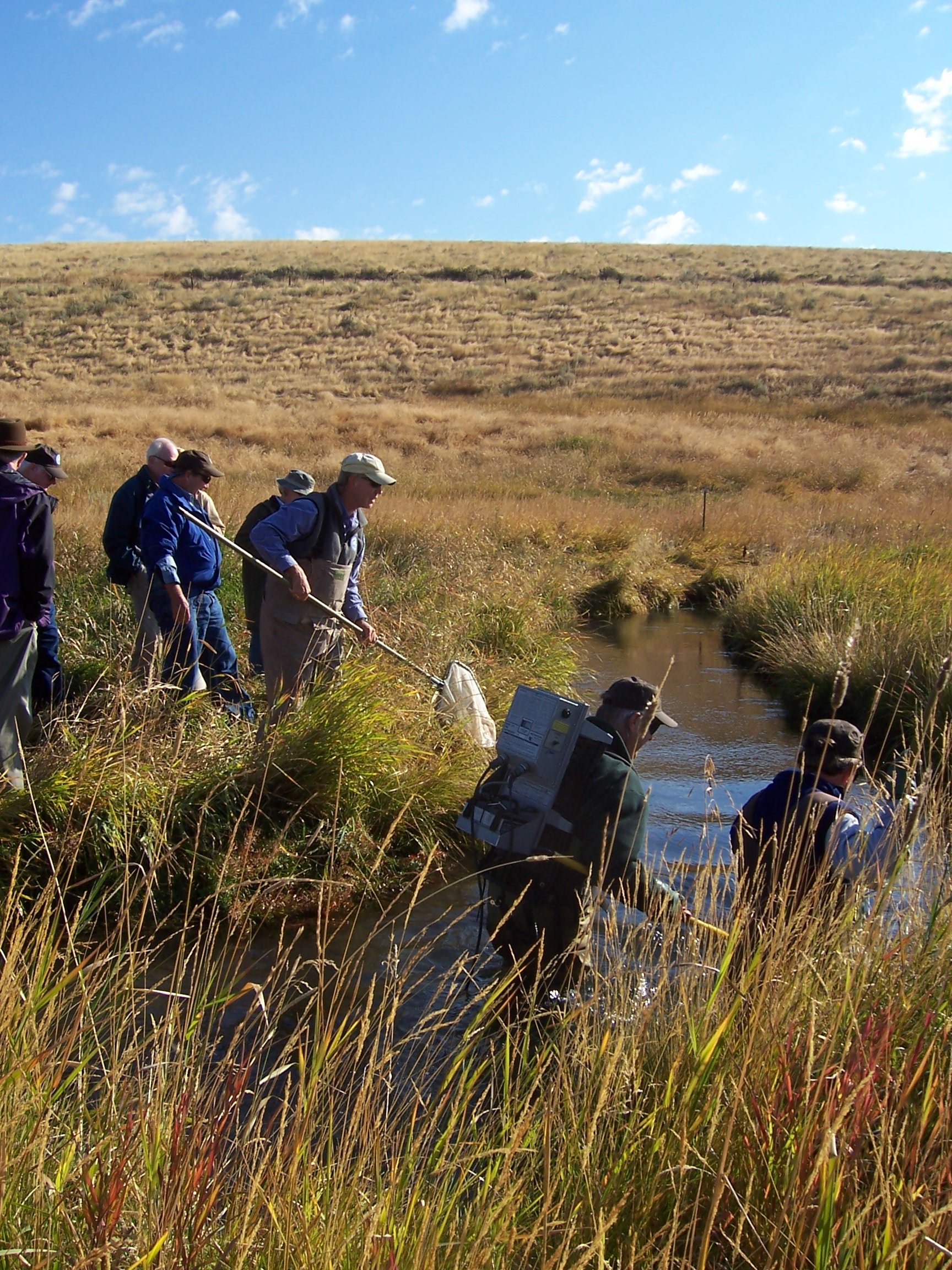
Landowners often help in the data collections. In this example, we're tracking a completed project through the biological recovery phase.

Assessments often include spawning-related surveys, including redd counts and assessments of spawning site quality..
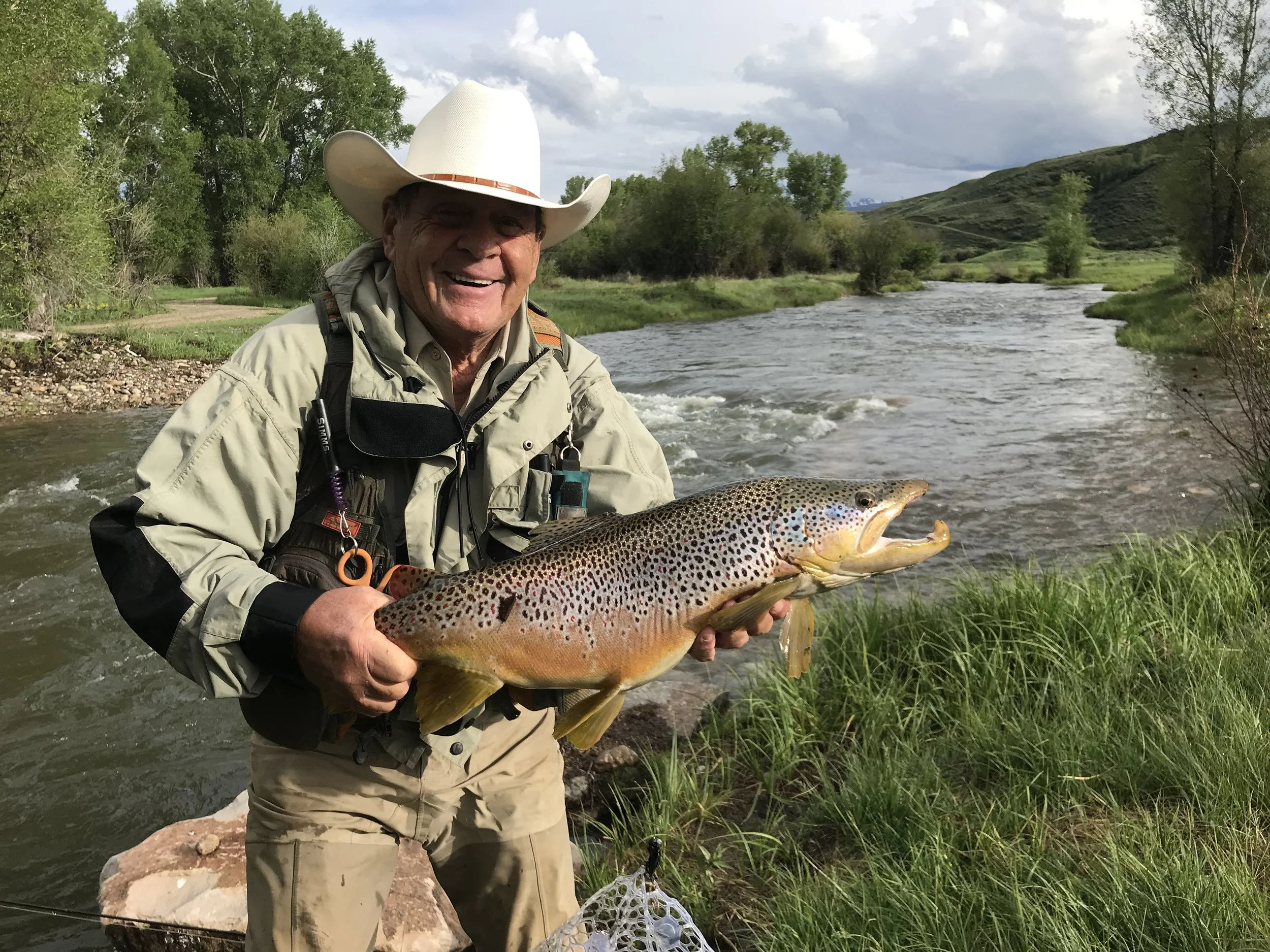
Once the project is completed, we "survey" our stream projects with a fly rod.

We caught this guy on a restoration project in western Colorado.

Another restoration success story in western Montana!
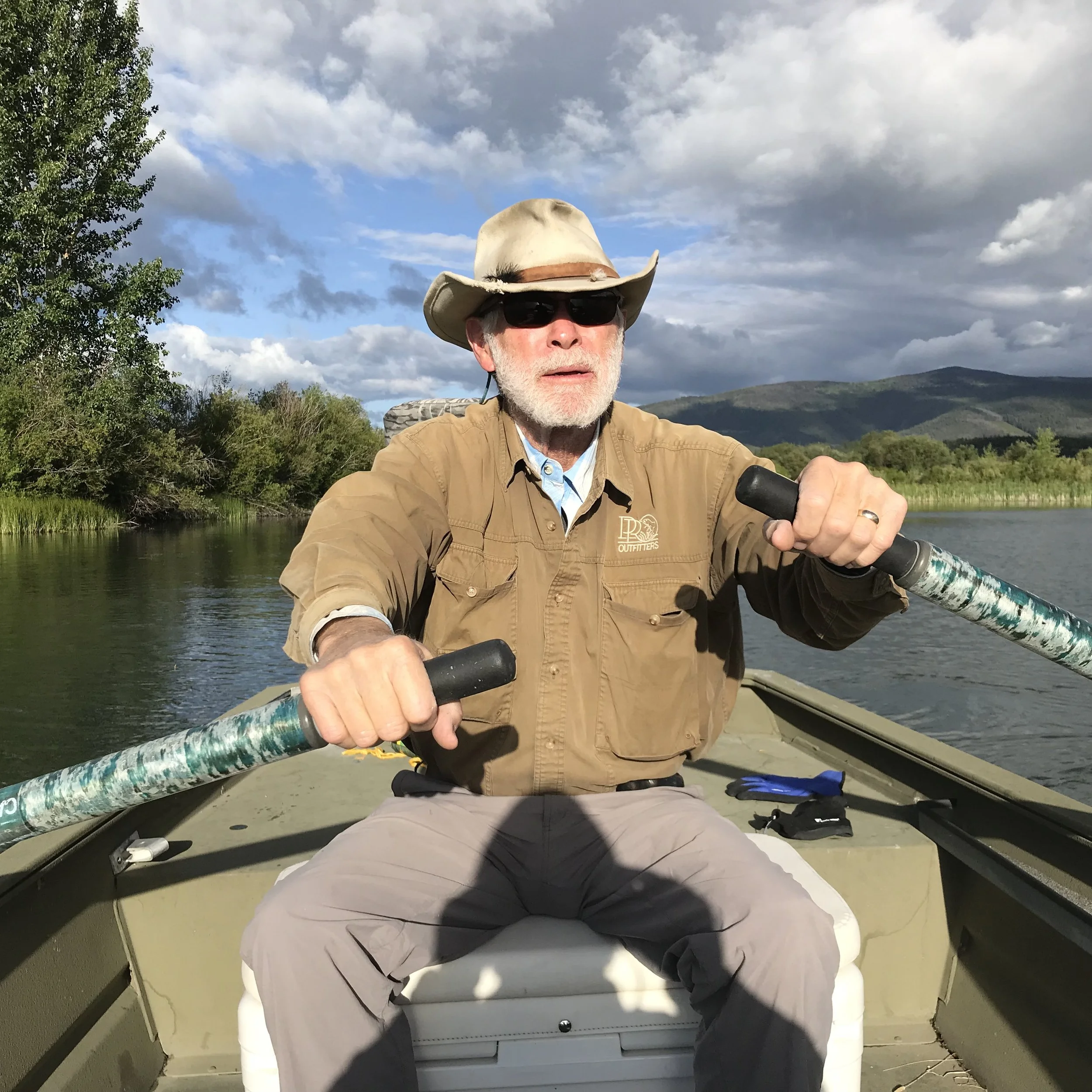
Paul Roos, a friend, mentor and an inspirational leader in river conservation. He helped start the Blackfoot River Restoration Program.















